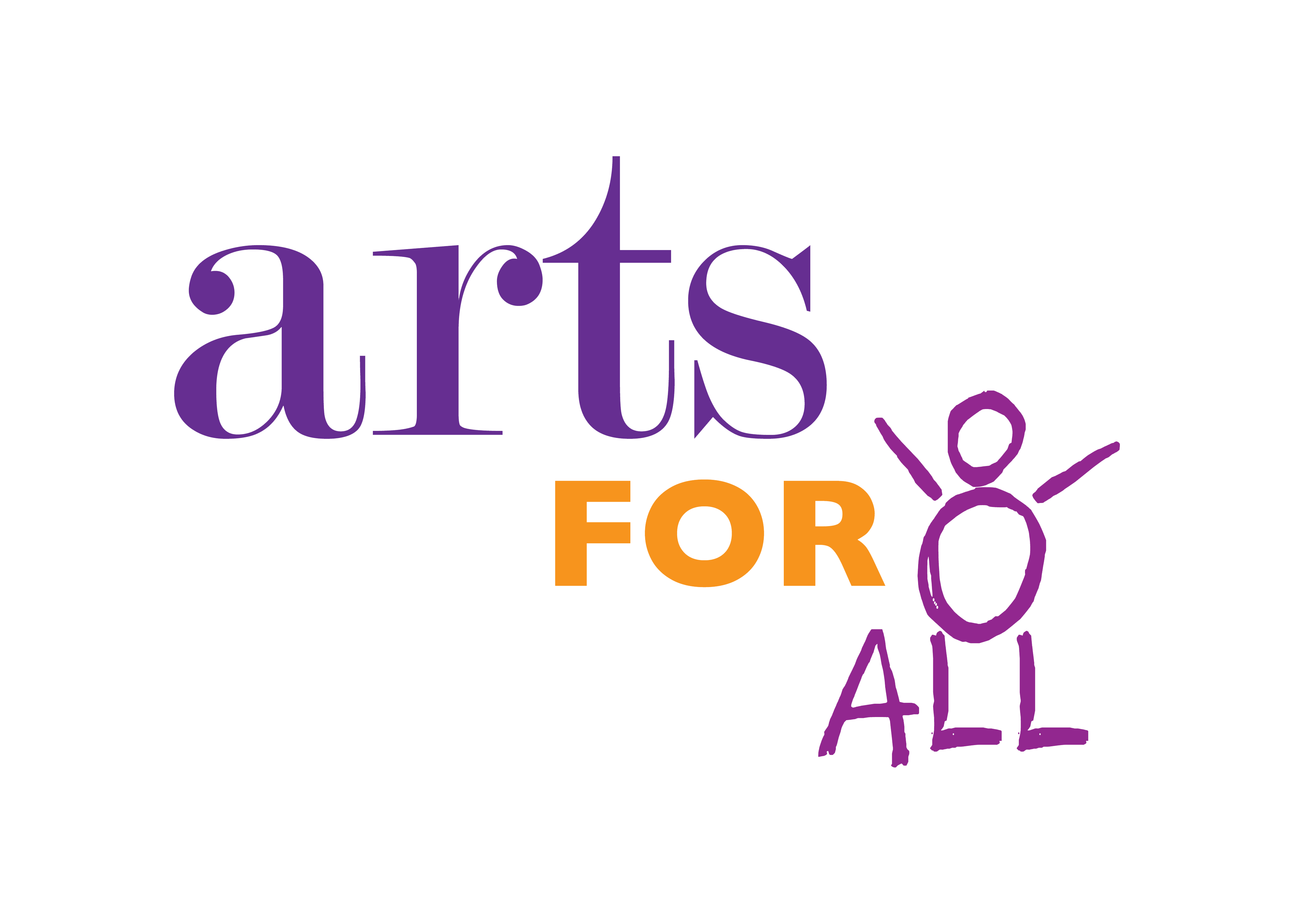Written by AFA Intern Mackenzie Timbrell
I am sitting on a swivel chair in the studio, gathering all my materials to put away after hours of working. I clean up my space and start to walk out the door. Before I leave, I turn around and look at the wall on which my new paintings hang confidently. I feel a sense of pride wash over me, and I walk out the door.
A decade prior to this, I would have had a very difficult time dealing with the emotional nature of making art. When I first started drawing, I would compare my art to others and feel that I was not “good” enough at the medium yet. When I expressed this to adults in my life, they usually said one thing: “practice.” To me, this seemed like a really boring solution to my issue. Why would I need to practice when everyone else had this natural skill? Despite my initial hesitancy, I began to practice. Not only did I practice, but I also started to take art classes at school. I learned new techniques and found different mediums that not only made art easier for me but more enjoyable as well. This instilled hope and helped to heal a lot of issues I had with my self-confidence around this time. This feeling that I was not as good at art as my friends slowly turned into the idea that we just made art differently and that all of our works had value.
School tended to be an environment that I was anxious and uncomfortable in. After beginning to enjoy art and the spaces in which I made it, school began to become a safe space and place for me to express myself. This change in perception of the environment encouraged me to become a better student and to push myself as an artist. Now that I am in college, I still regularly take a notebook outside to draw in nature or go into the art studio on campus to make art in some medium. Once you identify a safe space for emotion regulation and creative expression, it can become an outlet for peace in your day-to-day life. I am so grateful that I identified mine in the arts at a young age and have been able to utilize it as an adult.
